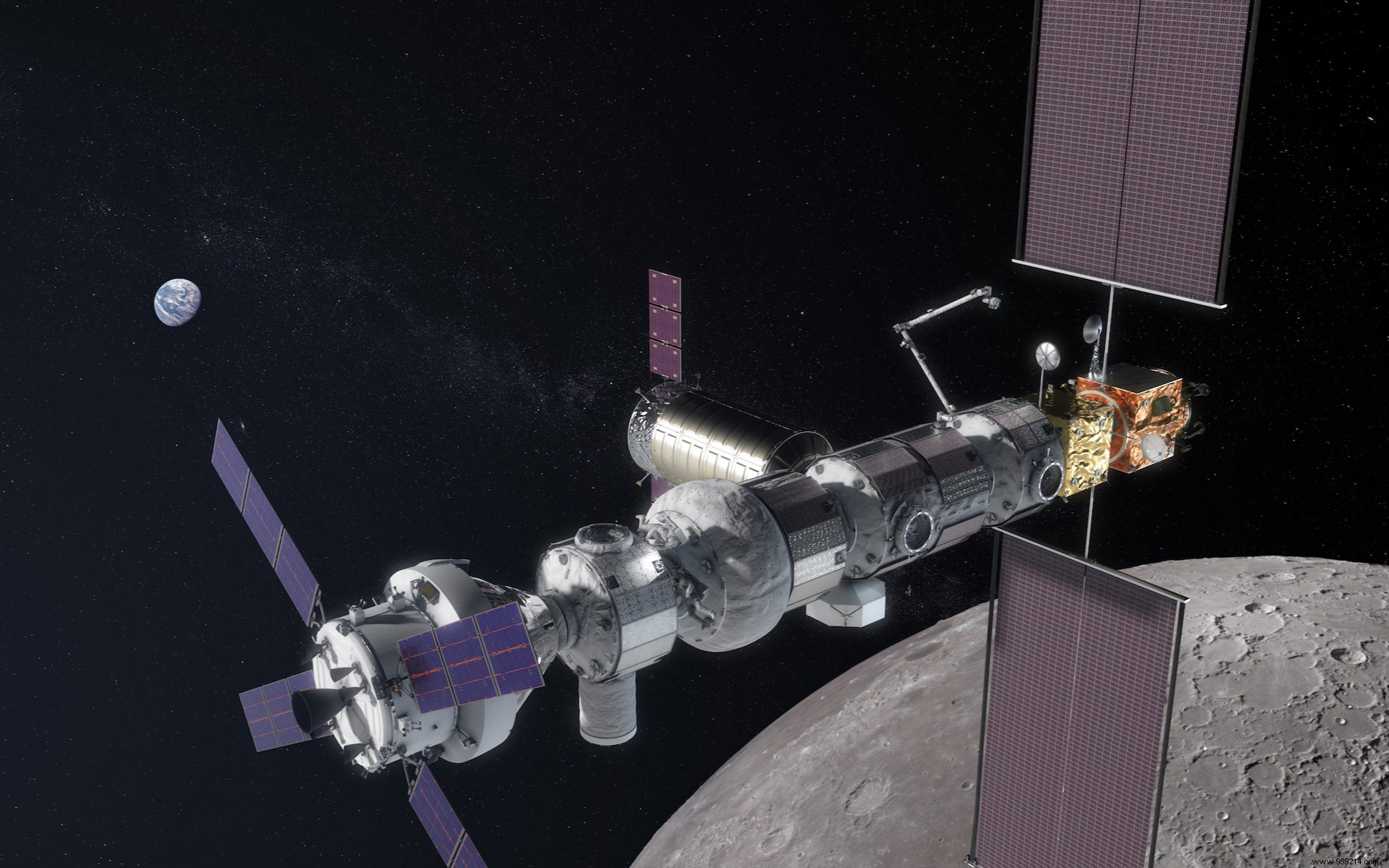The European Space Agency (ESA) has just awarded a contract to the British company Metalysis with the aim of developing technology capable of extracting oxygen directly from Moon dust (regolith).
As you probably know, the United States plans to return astronauts to the Moon as early as 2024 as part of its Artemis program. Unlike the Apollo program, on the other hand, NASA intends this time to register permanently on our satellite, in collaboration with other operating agencies, such as ESA. With this in mind, a mini-station will be built in lunar orbit, from which astronauts can travel to the surface.
In a few years, there will also be talk of establishing a permanent base there . At first, the various agencies will be able to transport everything they need from Earth. Nevertheless, in the long term, the transport costs will be far too high. Also, the explorers will have to draw a maximum of essential resources directly on site.
The search for water in particular is at the heart of this project for human settlement on the Moon. With this in mind, NASA has just awarded a contract to the company Intuitive Machines to design and build an ice extractor to operate at the south pole of the Moon. However, water will not be the only essential "commodity" once there.

More recently, the European Space Agency (ESA) signed a contract with the British company Metalysis. Its objective will be to transform lunar rocks to extract oxygen and metal . Indeed, we know from the analysis of the rocks brought back to Earth as part of the Apollo missions that oxygen represents about 45% of the weight of the material, the rest being largely made up of iron, aluminum and silicon.
If successful, oxygen could be combined with other gases to produce breathable air, or be used to develop rocket fuel . The Moon would then present itself as a kind of "gas station" promoting deep space travel. For their part, metal alloys could be exploited to make building "bricks" needed to establish a permanent lunar "village".
In a work published this year, researchers from Metalysis and the University of Glasgow had moreover proven that they could extract 96% of oxygen of a simulated lunar ground , leaving behind useful metal alloy powders.
Specifically, the ESA contract will fund Metalysis for nine months, with the aim of perfecting this electrochemical process. The company will then attempt to increase the yield and purity of the oxygen and metals extracted from the rock, while reducing the amount of energy consumed. If the technology shows promise, the next step will be to demonstrate oxygen extraction directly on the Moon.
Note that ESA is also collaborating with NASA in the development of the Orion capsule, responsible for transporting astronauts to the Moon. More recently, the American agency also awarded a new contract to Europeans to build the main habitation module of the mini-station in lunar orbit. There is also talk of building a supply module.